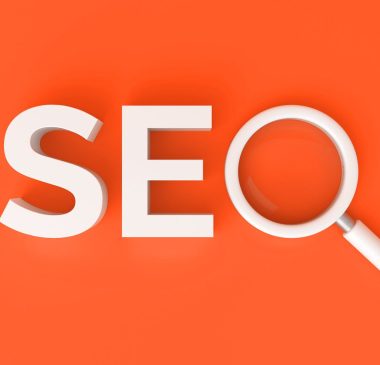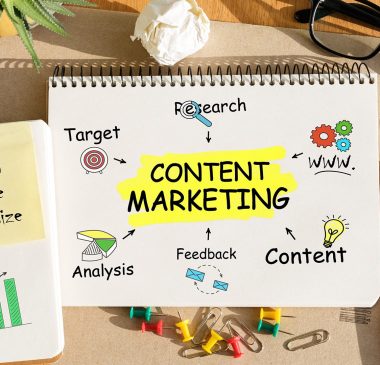Email marketing remains a cornerstone of digital marketing, providing a direct line of communication to your audience and offering impressive returns on investment. In this blog, we’ll explore the most effective email marketing campaign strategies that can help businesses of all sizes enhance engagement and drive conversions.
Understanding Your Audience
The Power of Segmentation
Segmenting your email list allows for more personalized and targeted messaging. Divide your audience based on demographics, past purchases, or engagement levels to tailor your campaigns and increase relevance.
Data-Driven Insights
Utilize analytics tools to gather and analyze data on subscriber behavior. This insight helps in crafting messages that resonate with different segments of your audience, improving both open rates and conversions.
Crafting Your Message
Compelling Content
The success of an email campaign hinges on the content. Ensure your emails contain:
- Catchy Subject Lines: These are your first impression. Make them engaging and clear about the email’s value.
- Engaging Body Content: Keep your message concise and focused. Use a friendly and conversational tone to connect with the reader.
- Strong Call-to-Action: Every email should have a clear CTA, guiding subscribers on what to do next, whether it’s making a purchase, reading a blog post, or signing up for a webinar.
Consistency is Key
Maintain a consistent tone and style that reflects your brand. This consistency builds trust and recognition, making your emails something subscribers look forward to.
Choosing the Right Tools
Selecting the right email marketing services is crucial. Platforms like Mailchimp and SendGrid offer various features, from automation to comprehensive analytics, that support effective campaigns. Compare these tools to find one that best matches your business needs and budget.
Designing the Email
Best Practices for Email Design
- Responsive Design: Ensure your emails look great on all devices.
- Visual Hierarchy: Structure your content in a way that guides the reader through the message.
- Minimalism: Less is more in email design. Use simple layouts and visuals to emphasize your message.
The Importance of A/B Testing
Regularly test different elements of your emails, from subject lines to images, to understand what works best with your audience.
Timing and Frequency
When to Send Emails
The timing of your emails can significantly impact their effectiveness. Analyze your audience’s behavior to choose the best times for engagement.
How Often to Send
Balance is key—too many emails can annoy subscribers, while too few may cause them to forget about your brand. Tailor your frequency based on the type of content and audience preferences.
Automation and Drip Campaigns
Streamlining with Automation
Email automation saves time and ensures your messages reach the right people at the right time. Set up welcome emails, birthday offers, and other automated responses that trigger based on specific actions.
Drip Campaign Benefits
Drip campaigns nurture leads by sending automated emails at set intervals. They can effectively guide a customer from initial interest to final purchase, boosting your sales funnel efficiency.
Measuring Success
Key Metrics to Monitor
Keep an eye on:
- Open rates
- Click-through rates
- Conversion rates
These metrics provide insights into the effectiveness of your strategies and what might be improved.
Analytical Tools
Use tools to track these metrics and gather data that can help refine your email strategies, ensuring continuous improvement.
Legal Compliance
Understanding and adhering to email marketing laws such as the CAN-SPAM Act and GDPR not only protects your business but also builds trust with your subscribers.
Case Studies
Look at successful email marketing strategies from leading brands to get inspiration and practical examples of what works in real-world scenarios.
Conclusion
Effective email marketing involves understanding your audience, delivering compelling and well-designed content, and continuously measuring and refining your strategy. By following these guidelines, you can create successful email marketing campaigns that engage and convert.
FAQs
1. In Email Marketing, What is a Relationship Email?
A relationship email is designed to build and nurture the connection between a business and its subscribers. Unlike promotional emails, which aim to drive immediate sales, relationship emails focus on delivering value through relevant content, helpful information, or personal engagement. These can include newsletters, updates on the company, educational content, or personalized messages that enhance the customer’s experience and foster long-term loyalty.
2. How Can Email Marketing Fuel Your Overall Inbound Strategy?
Email marketing is a powerful tool in an inbound strategy as it engages people who have already shown interest in your brand, thus converting leads into customers and turning customers into repeat buyers. By providing targeted, valuable content directly to a subscriber’s inbox, email marketing can:
- Drive traffic back to your website.
- Encourage engagement with your content, promotions, and other marketing channels.
- Help segment audiences for more personalized inbound marketing efforts.
- Keep your brand top-of-mind, nurturing leads at various stages of the buyer’s journey.
3. Is Email Marketing Legit?
Yes, email marketing is a legitimate and highly effective digital marketing strategy when done ethically and in compliance with legal regulations like the CAN-SPAM Act in the U.S. or the GDPR in Europe. These laws ensure that businesses respect consumer rights by requiring opt-in consent, providing clear identification in emails, and allowing easy unsubscribe options. When companies adhere to these laws, email marketing is not only legitimate but also one of the most direct and personal ways to connect with an audience.
4. Is Email Marketing Dead?
Far from being dead, email marketing continues to be one of the most effective marketing channels available. It offers unparalleled reach, return on investment (ROI), and levels of engagement. Studies consistently show that email marketing generates a significant ROI, often cited as up to $42 for every $1 spent. The key to successful email marketing is evolving with consumer behaviors and technological advancements, ensuring that your email strategy remains relevant and effective.
5. What is a Mid-Cycle Marketing Email?
A mid-cycle marketing email is sent during the middle of a customer’s purchase cycle or engagement period. It’s designed to maintain engagement, provide additional information, or encourage a conversion before the cycle completes. These emails can be particularly effective in lengthy sales cycles, like those involving high-value products or services, where decision-making takes time. Examples include providing product comparisons, customer testimonials, or special incentives that align with the customer’s journey and encourage them to take the next step.
































